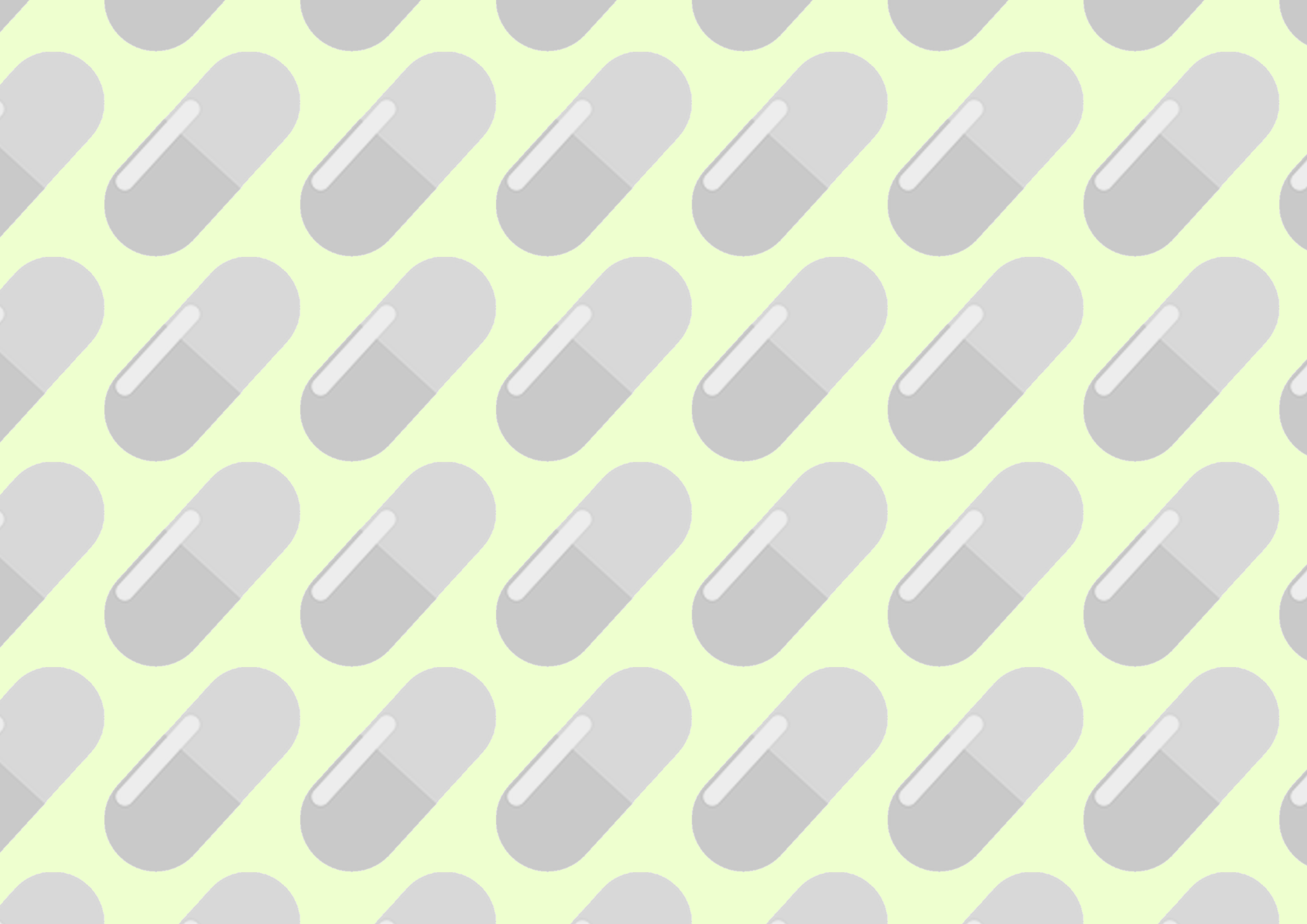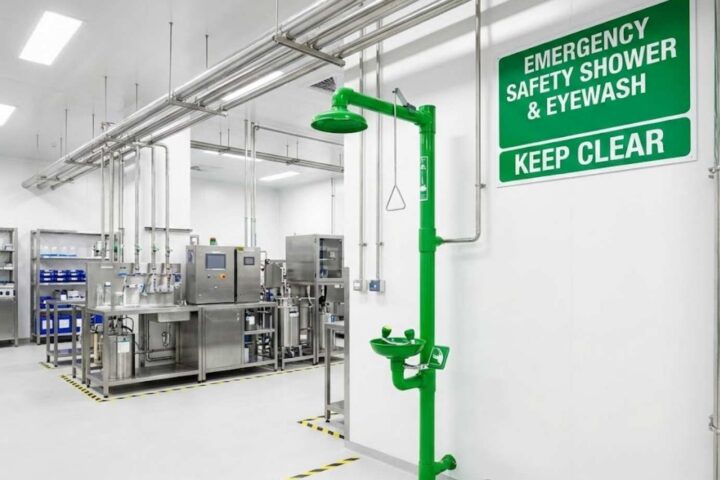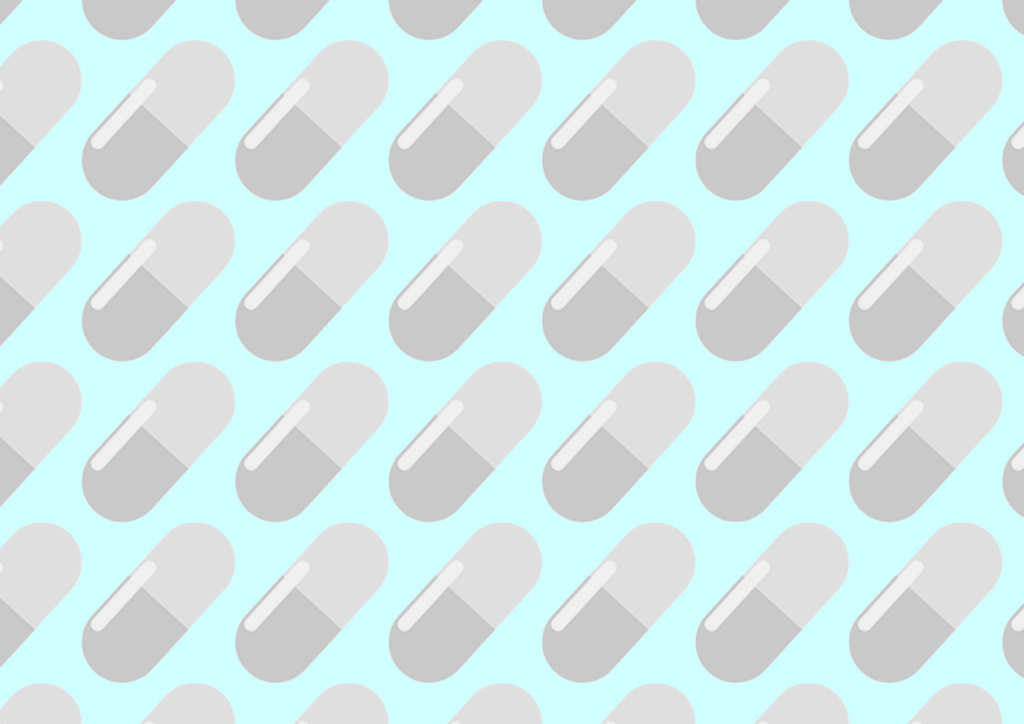If you work in food production or the food industry— whether it be in a restaurant, farming, or even in a factory where food is packaged— then you know the importance of making sure that the food product doesn’t get contaminated by a foreign object. This is also important if you work in the cosmetics industry, as anything used both internally and externally by people should be free of harmful contaminants.
Even if you’re a small business just starting out, it’s important to know how you can prevent contaminants from affecting the safety of your food or cosmetic products. Here’s a list of four ways that food and cosmetics can become contaminated, and how you can prevent them from happening.
1. Allergenic Contamination
Allergenic contamination is when a product comes into contact with a known allergen or another product that contains that allergen. The most common example of this is when food products that don’t contain peanuts or tree nuts are produced in the same factory that does produce food products containing nuts. In addition to peanuts and tree nuts, some of the most common allergens are:
- Eggs
- Gluten
- Mustard
- Seafood
- Soy
The best way to prevent this is to ensure that any food or products that contain these allergens are kept completely separate from the products that do not. This is important even when it comes to cosmetics because even though these products aren’t ingested, some people can still have severe allergic reactions from topical contact.
2. Chemical Contamination
Chemical contamination is when a food item or product comes into contact with a chemical substance, such as a strong cleaner or disinfectant. Food and other products can also come into contact with chemicals like herbicides and insecticides before they’re even harvested for production. Examples of products that can come in contact with pesticides include:
- Plants and herbs, such as lavender and basil
- Vegetables and fruits
- Wheat and other grains
To ensure that your products are free from chemical contamination, make sure to follow the specific instructions on the label of cleaners and disinfectant products, and always keep them away from food. To take it a step further, make sure that all of your food products are organically grown, meaning that there are no chemicals used at any part of the growing process.
3. Microbial Contamination
Microbial contamination is when food or cosmetic items come into contact with bacteria, fungi, mold, and other toxins. This is the most common type of contamination when it comes to food (leading to food poisoning), and it usually results from food not being stored properly, not being washed thoroughly, or being undercooked. Microbial contamination can be prevented by having strict standards that eliminate the causes of this type of contamination.
When it comes to cosmetic products such as face creams and other products that come in contact with skin, microbial contamination resulting from excessive moisture is common. This is more common in natural products because they’re made with less preservatives. Still, it’s important to test the moisture levels in these products with an environmental test chamber.
4. Physical Contamination
Physical contamination is when a product comes into contact with a physical object. Though not as common as microbial contamination, it’s still pretty common and can be very dangerous to the consumer, whether it’s in their food or in their cosmetic products. Some of the most common foreign objects found in consumer products include:
- Bones
- Cloth
- Dust
- Hair
- Jewelry
- Loose pieces of equipment
- Paint
- Plastic
- Stones
Physical contaminants can carry harmful substances, so it’s important to make sure that all manufacturing equipment is working properly and that everyone is following all safety procedures. It’s also a good idea to invest in air showers for cleanrooms to further reduce particle contamination. This will effectively clean employee work clothes since particles can attach to clothing.
Keep in mind that pests such as insects and vermin can also be considered contaminants and can fall under allergenic, microbial, and physical contaminants. Make sure that you’re using effective pest control and cleaning methods in your production facility.
All consumer products are at risk for being contaminated in one or more of these ways, so it’s essential that you make sure that your production facility has strict regulations regarding contamination— whether you own the facility or not. Food and cosmetic contamination both have serious consequences to not only your customer’s health, but also to your reputation as a business owner.








